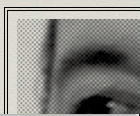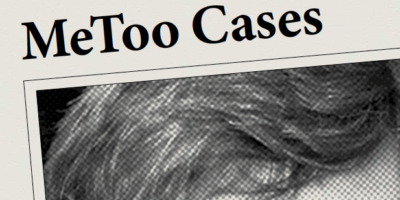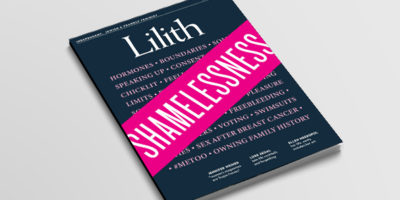
Child Molestation: How Lilith Reported the Story
My reporting on the multiple allegations of sexual abuse leveled against pediatrician Stuart Copperman (in the New York Times and Lilith in 2001, and more recently in 2018) has been particularly wrenching, because the alleged abuse happened to these girls when they were pre-adolescents—some as young as 10, none older than 14.
I always had to tread very, very carefully with my sources, who had found one another through a Facebook group set up after the Harvey Weinstein story broke. All of them are now women who reported being sexually abused by their trusted doctor as children or teenagers decades ago, and say that since then they’ve suffered manifold effects. Aside from having endured this betrayal, some of them who report having told their parents at the time had to face the additional trauma of not being believed.
I felt very protective of these women, but at the same time I couldn’t let my feelings interfere with my professional duties. My job was not to act as their therapist, but as a journalist; that is, to tell their respective stories with integrity. Every conversation with them was fraught with their anxiety, and many of them did not want to go on the record. They wanted to tell their stories to me, but did not necessarily want a larger public to know. This was often frustrating for me, because sources that are anonymous, by their very nature, weaken a story’s impact. But I had to respect the boundaries my sources had set. One of the most difficult things I had to do for this story was to ask the pediatrician himself to comment on my sources’ allegations. Former Lilith editor, Sarah Blustain reminded me: “He’s part of the story.”
How difficult, time-consuming, risky, and emotionally draining it is to write these stories—and also, how crucial it is for our democracy that they be written! There are of course limitations to using journalism to expose this particular kind of misconduct. Other paths to change include taking legal action, if that path hasn’t been blocked by statute-of-limitation restrictions. Or, if the alleged perpetrator is still likely to harm others, using back channels to send out a warning.
Journalism is often the first step towards bringing sexual abuse out into the open. But it is only the first step; and so far, the law has been a somewhat unreliable protector. The Harvey Weinstein case is about to go on trial as I write this, but other charges—for example, against actor Kevin Spacey—have been dropped.
The fact is that current laws, in New York and everywhere, mean that sexual abuse cases remain difficult, if impossible, to prove. And while I do believe that this cultural shift regarding sexual abuse will continue, I also expect, and fear, backlash to it. Which makes it all the more urgent that journalists, and the organizations that support them, continue to report on this timely subject.
Something else added a layer of difficulty to reporting #MeToo stories like this one: I tried to get personal liability insurance for this story, but it was then simply not available to freelancers—not even from writers’ organizations. For me, as for many investigative journalists, writing such a story involved some personal risk.
The combination of Trump’s election and the #Metoo movement energized women: record numbers of female lawmakers were elected to Congress in the midterms, and the New York State legislature, long a bastion of old white Republican men, is now Democratic. In January 2018—a few months after my story ran in Lilith—Albany passed the Child Victims Act, which provides a one-year window for victims of child sexual abuse to sue, regardless of how long ago the abuse happened. New York’s new law gave some cause for optimism to the women who were my sources for the Lilith story. Alice Sparberg Alexiou is an award-winning journalist whose most recent book is Devil’s Mile: The Rich, Gritty History of the Bowery.



